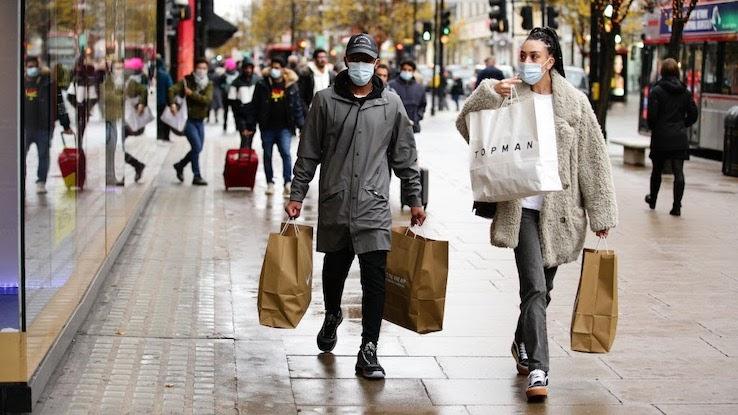
On Dec. 19, 2020, U.K. Prime Minister Boris Johnson held a press conference to announce the identification of a new variant of COVID-19 responsible for the virus’ recent rapid spread through London and other areas of Southern England. This new variant, the first cases of which were found in the U.K. in September, is thought to be more contagious and affect “an estimated 50% more people” than previous widespread strains. “There is no evidence the variant causes more severe illness or higher mortality, but it does appear to be passed on significantly more easily,” Johnson stated.
In an attempt to curtail the spread of the variant, which is now being called VOC-202012/01, Johnson imposed new pandemic restrictions on Southern England, moving the region from Tier 3 of the lockdown system to the stricter Tier 4. In response to Johnson’s press conference, over 30 neighboring and other countries swiftly began implementing travel restrictions in an effort to prevent the global spread of the variant. However, this ultimately did little to stanch the proliferation of this more contagious variant of the novel coronavirus across the world.
In the weeks following Johnson’s press conference, the highly re-infective mutation began appearing in South Africa, Brazil, Canada, India and the United States, among other countries. The New York Times reports that the Centers for Disease Control and Prevention (CDC) “has predicted that this variant could become the dominant source of infection in the United States by March,” which raises questions about everything from vaccine efficacy to potential new sources of strain on overextended hospital systems. But similarly to the novel coronavirus when it first emerged, much remains unknown about the variant. However, experts are discovering more about VOC-202012/01’s pathology each day.
Why Are Virus Experts Concerned About the New Variant?
Public health and virus experts have pointed to the variant’s rapid spread as a significant cause for concern. The variant — which was initially dubbed VUI-202012/01 (with “VUI” standing for “variant under investigation”) and later VOC-202012/01 (with “VOC” standing for “variant of concern”) by researchers — initially accounted for 60% of the new COVID-19 cases in London, which made it the area’s most dominant strain.
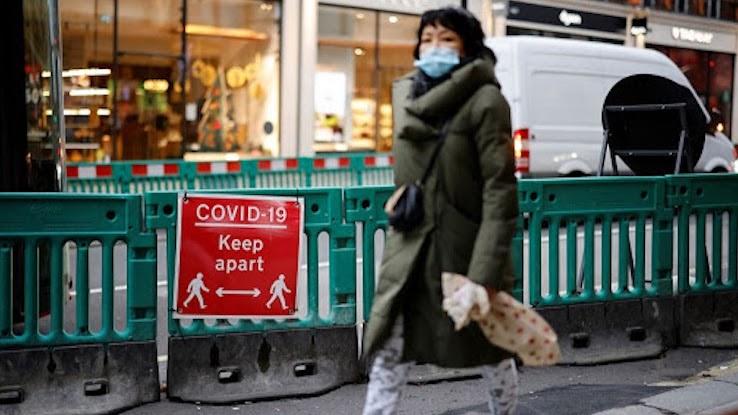
Regions where VOC-202012/01 is spreading are also experiencing higher-than-usual COVID-19 transmission rates, and the Los Angeles County Public Health Department is reporting that the variant may be driving the major surge of the virus taking place in Southern California. Peter Hornby, the head of the U.K.’s New and Emerging Respiratory Virus Threats Advisory Group (NERVTAG), stated that the group has “high confidence that this variant does have a transmission advantage.” The CDC has confirmed this, noting that the “variants seem to spread more easily and quickly…which may lead to more confirmed cases of COVID-19.”
Another factor causing concern among scientists is the unusually high number of mutations (23 in all) found in the variant. While researchers have found that the majority of VOC-202012/01’s mutations have no effect on transmission rates or the virus’ severity, scientists have identified a handful of key mutations on the new variant that affect the spike proteins, which are structures on the virus that play a key role in infecting cells. These mutations could be altering the virus to make it more easily transmissible.
Scientists are also investigating the possibility that the new variant’s mutations may make it easier for children to catch and transmit the strain, which could account for the 50-70% increase in transmission of VOC-202012/01. Typically, children are seen to be at a lower risk for both infection and transmission.
How Does This Strain Compare to Previous Coronavirus Mutations?
It’s normal and expected for viruses to mutate and evolve into new strains over time. The flu virus, for example, mutates regularly, which is why it’s important to get a new flu shot each year.
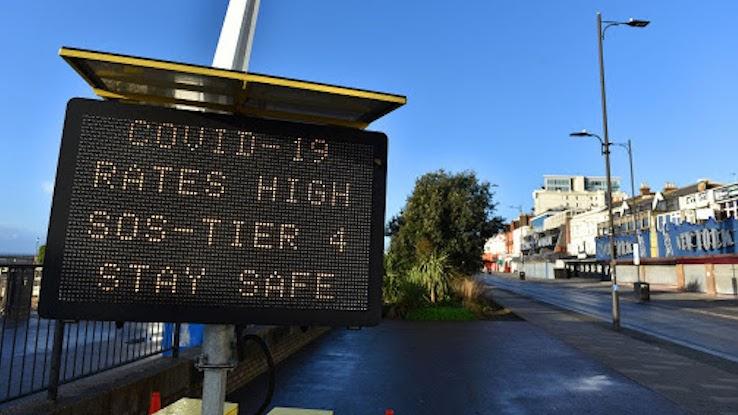
And the new coronavirus variant isn’t the first instance of a mutation on the SARS-CoV-2 virus to emerge since the pandemic’s beginning. In fact, European scientists have been tracking the slight genetic variations caused by mutations on SARS-CoV-2 in order to map its spread across the continent. Variants of the virus may have been present as early as March of 2020, when researchers in Denmark first detected L452R, another mutation.
However, while previous COVID-19 mutations have not significantly affected the impact of the virus on humans, the increased transmission rates of the new strain are painting a different picture. While it’s clear that this strain differs from previous mutations, more research is needed to determine the exact nature of the differences and their effects.
Will Existing Vaccines Work Against the Variant?
Arguably the most pressing unknown surrounding the new variant has to do with the recently approved COVID-19 vaccines. Vaccine experts have expressed cautious optimism that the existing vaccines will be effective against the VOC-202012/01 variant, but we won’t have a definite answer until more testing and research are done.
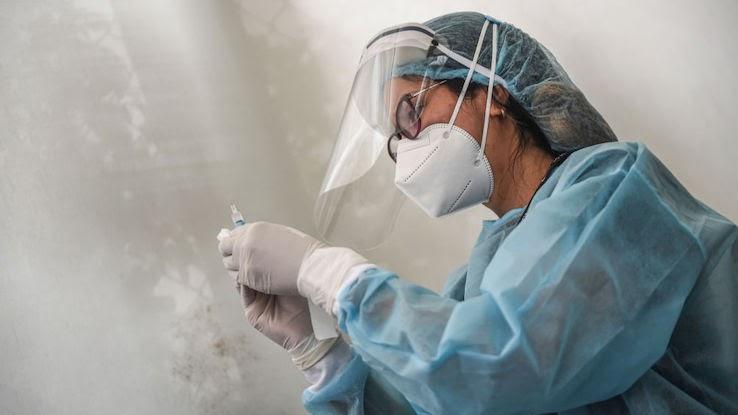
Pfizer and Moderna, the manufacturers of the two vaccines that have received Emergency Use Authorizations in the United States, are currently testing their vaccines against the new strain. In a statement on the new strain, Moderna offered some reassurance, saying “We expect that the Moderna vaccine-induced immunity would be protective against the variants recently described in the U.K.; we will be performing additional tests in the coming weeks.”
Pfizer is also currently conducting research to determine how effective immunity from the vaccine is against VOC-202012/01. British Medical Journal notes that, while investigations into the vaccines’ potential efficacy against the new variants are ongoing, the Pfizer and Moderna vaccines are “relatively straightforward to redesign for a new variant.” This means they could be reformulated easily to better target the mutated spike proteins of the different variants and still create immunity.
What Can I Do to Protect Myself Against the New Variant?
While news about the new VOC-202012/01 variant may seem alarming, the good news is that the steps you can take to slow the spread haven’t changed. Here are some of the most important recommendations and precautions you can follow in order to keep yourself and others safe and reduce transmission rates in your community:
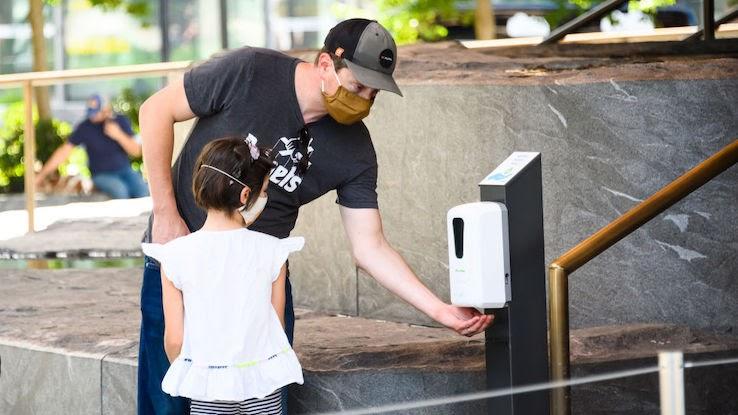
- Wear a mask that covers your nose and mouth when in public or in any indoor space with folks from different households. A mask with two or more layers of fabric that fits snugly on your face is best.
- Stay at least 6 feet away from others who don’t live in your household at all times.
- Wash your hands frequently with soap and water for at least 60 seconds, especially after being out in public.
- Stay up to date on pandemic news and guidelines from trustworthy sources like the CDC and the WHO.






